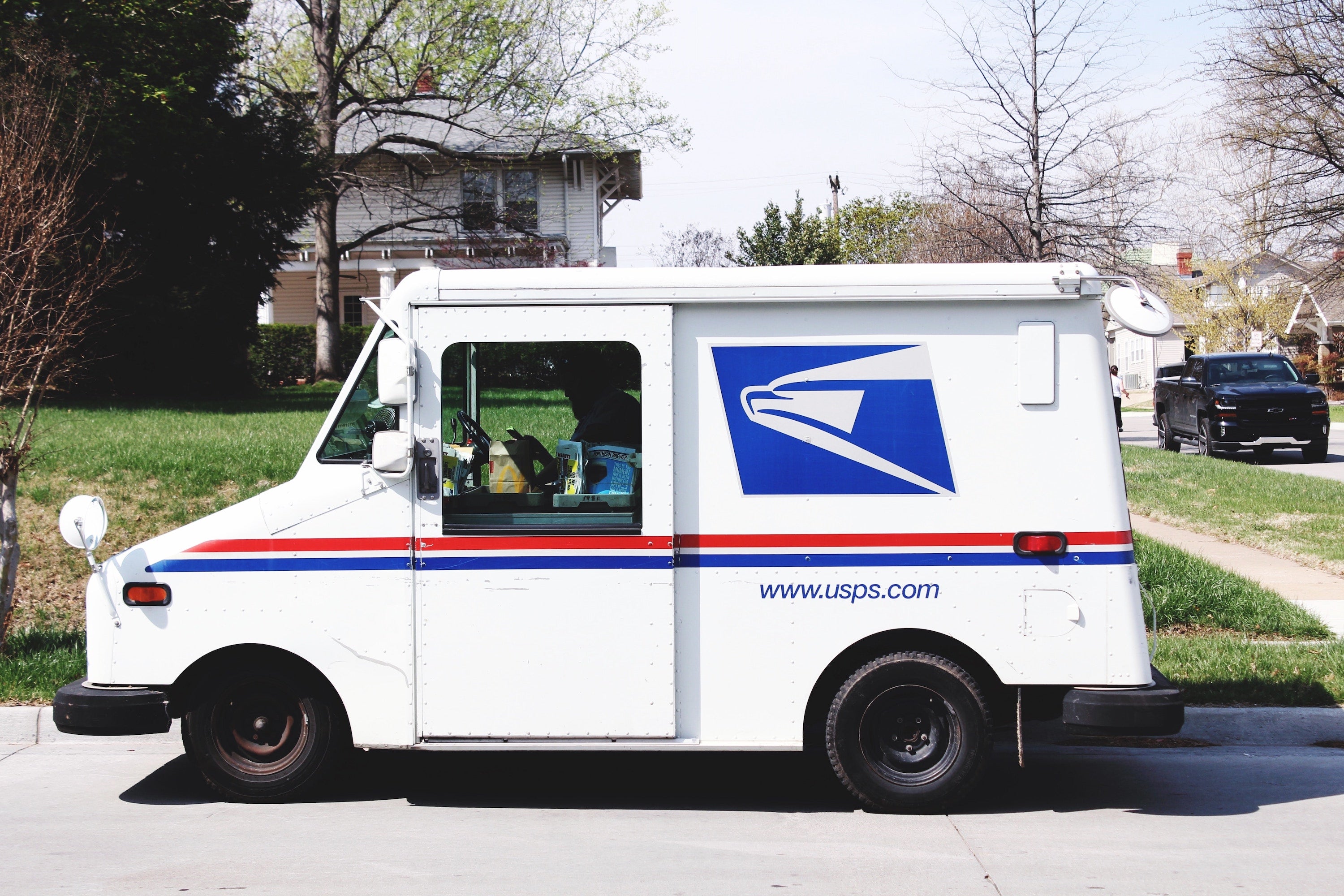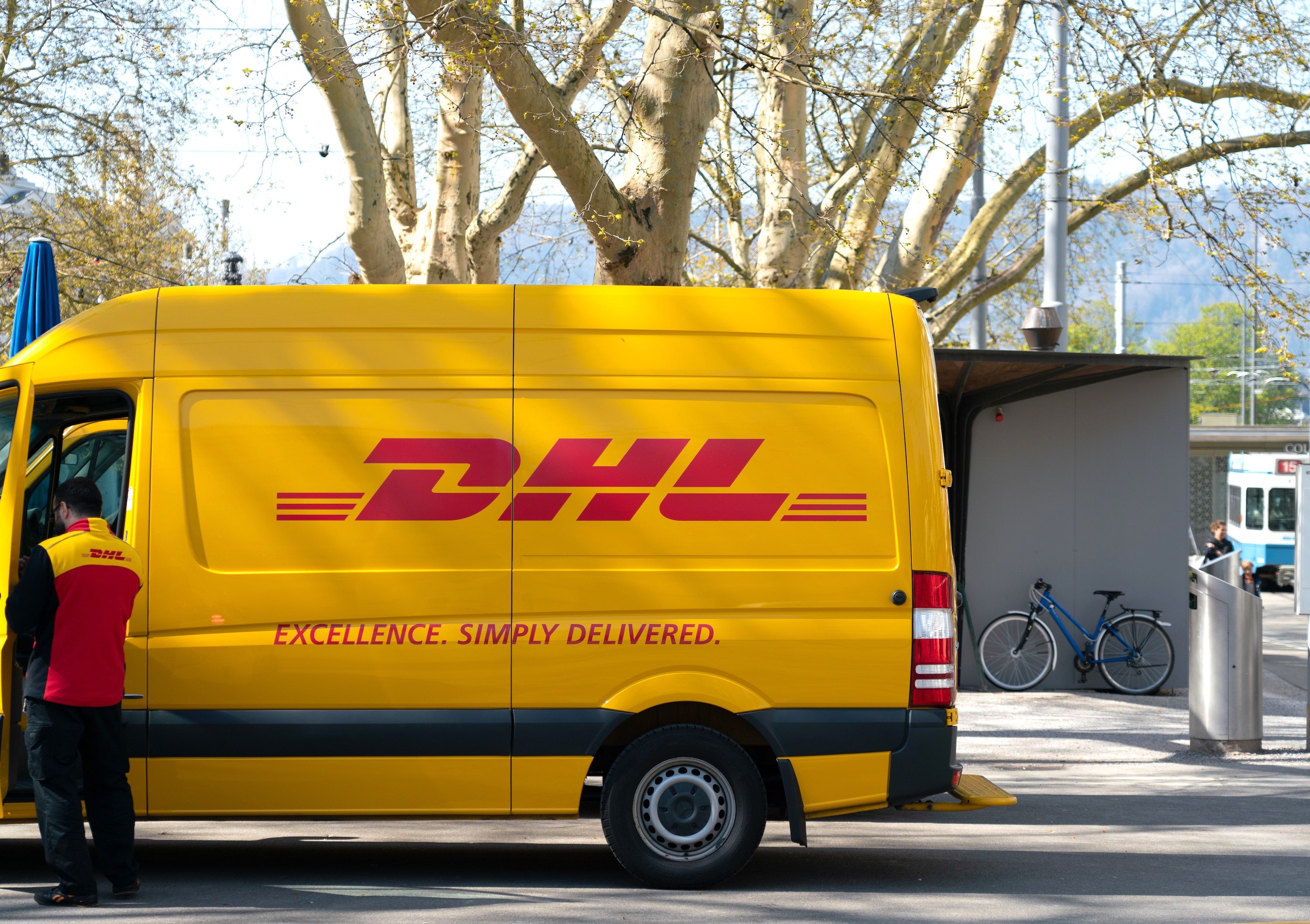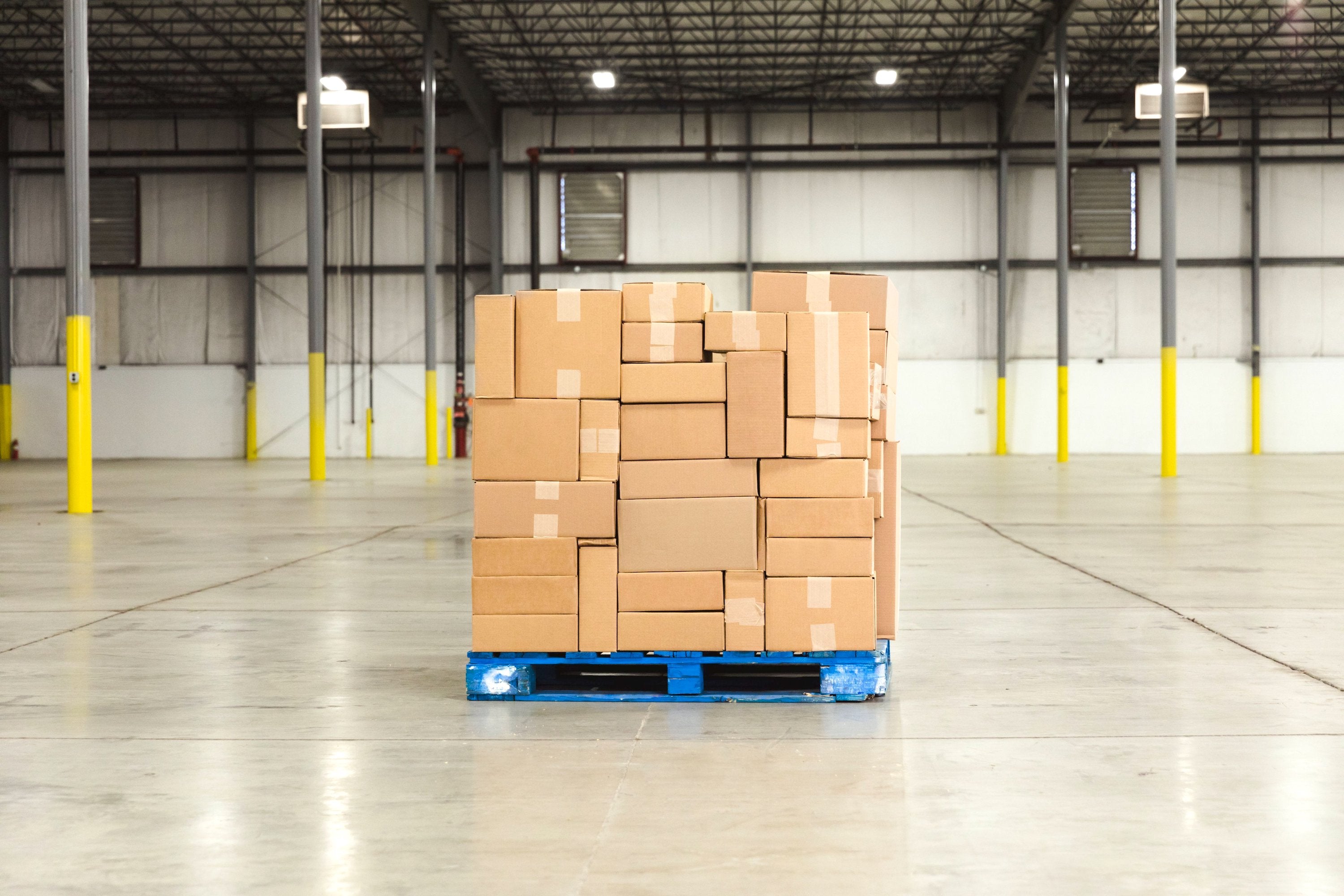Expanding internationally: Shipping & Logistics for Shopify Stores
Posted on
The logistics of international trading is the hard work that goes on in the background.
And here’s the thing: it goes unnoticed unless there’s a problem.
Customers expect such a high standard these days, their online orders arrive within a few days regardless of the store’s origin.
We’re going to show you how to match these desires. Then we’re going to give you the insight on how to smash your customers’ expectations and deliver a unique experience.
Shipping internationally
Cross-border shipping is growing 25% year on year, meaning that it is outpacing the growth of domestic shipping. This, of course, goes hand in hand with the growth of the eCommerce market from $3.4 trillion today to $4.8 in 2021.
So it’s no surprise that the shipping and logistics industry is immense. This works out well for our Shopify merchants in that there is an array of features and automation available but it can also make it tricky to find the right providers or even choosing between 3PL or inventory management.
Many stores start by shipping from one location, then expand into using fulfillment providers in different countries. If you're shipping from your location you need to ensure that you can offer fast and trusted shipping to your customer's location.
Factors to consider when shipping internationally
Country-specific shipping regulations
As progressive as parts of the world are becoming, we’re not yet at a place where eCommerce merchants can ship whatever they want wherever they want. Nations such as Dubai have strictly enforced religious laws, so it’s best to do your research to ensure you're not overstepping your legal boundary.
Shipping fees
Unless you’re under immense pressure to price cut your competitors (which we don’t see as a worthwhile pricing technique) then you should offer free shipping above a minimum order. This means folding these shipping overheads into your pricing strategy. We’ll be diving into more detail below on your shipping options and their costs.
Speed
Customers want the option of same-day delivery, which seems more like teleportation rather than any feasible postage system. But as ludicrous as it sounds, customers are willing to pay extra for it.
So it’s time to assess your market.
This is a country-specific matter. A study rolled out by McKinsey shows that 50% of respondents from Germany, France, Sweden, and the UK indicated that they would be willing to pay same-day delivery costs of €6-7 for a € 59 purchase. If you’re targeting any of these European countries, it’s time to start planning a route that enables you to efficiently delivery on a next-day basis.
Other countries may not be so willing and are happy to wait the extra few days.
There’s also the matter of getting through customs in a reasonable amount of time. The benefit of working with a leading 3PL, which we’ll get into more detail in a while, is that they’ll be in charge of moving your goods swiftly to your customer’s doorstep.
Professional and accurate delivery
If you think of all the orders you’ve received in the past year, how many of them were delivered to a high standard? I’m willing to bet that it’s at least 95%. People expect their online orders to be delivered seamlessly and on time.
Green delivery
Consumers are now looking to sustainable products, and this includes the entire process. In fact, 78% of US consumers and 68% in Canada state that they are conscious of the environmental impact of their eCommerce deliveries. Especially if your brand values centre around bringing sustainability and eco-friendly goods, then you should look into a shipping process that matches your brand values.
Choosing your shipping provider
We’re going to be focusing on the three most common options and the crucial features and elements you need to know when picking a shipping provider.
In each case, we’ll be exploring cost, transit, speed, tracking as well as customs. You may not already know this, but the queuing system at customs can be expedited using certain providers.

Local postal service
The advantages of using the local postal service are that it’s a cheaper option. However, you have to deal with non-guaranteed delivery estimates. It’s also notoriously hard to figure out if your goods are lost or just stuck in customs limbo.
Your parcels will be in the regular customs queue, which can lead to delays during peak times.
The biggest issue international eCommerce stores are going to come across here is in tracking. You will be relying on the postal service in the country to which your order’s being delivered to keep track of its location. Updates can be sluggish or inconsistent. This can be frustrating when trying to reassure a customer that their order will be with them shortly when in reality, you’re as in the dark as they are!

Expedited postal services
This is a slightly more expensive route, and for examples think of the priority mail service of UPS. These tend to be flat rate delivery services that guarantee delivery estimates excluding problems that occur during customs.
Again, you’re placed in the regular customs queue, so expect delays during peak times. Expedited shipping usually promises that your package will be delivered anywhere from one to five days.
Adding this extra cost to your international strategy gives your customers greater choice at the checkout. It will help to reduce cart abandonment rates and create a frictionless buying journey.

Private Carriers
Here we see the likes of DHL, and again it’s a level up cost-wise.
So what bang are you getting for your buck?
Dedicated customs officers at distribution centers, for starters. So even during the BRCM (Black Friday Cyber Monday) period when the US spent $1.5 billion online, your private carriers make sure that your parcel gets delivered on time.
Choosing this option gives your business the ability to bypass the mess that is peak customs traffic. It’s also a reliable method, these carriers are known worldwide and offer detailed tracking information.

Using a fulfillment partner (3PL)
So now you know what they are, let’s figure out if you need one expansion. Here are the specific benefits of working with a 3PL when delivering to a new territory.
Optimized international shipping
There’s another company other than your own working to make sure your packages arrive swiftly, intact and with a smile.
Bespoke service
You can work with your 3PL to produce beautiful packaging rather than the standard postage box or parcel. It’s an ingenious method to create a memorable customer experience.
No need for a warehouse
If you have a large enough demand in your new market, you may be considering leasing or outright purchasing a warehouse. This isn’t a naive decision, but you need to be confident that you can afford the overheads that come with a second warehouse. And you must also be sure that you can trust your team overseas to maintain the standard of your business.
With a 3PL you can control everything from your base but still have specialized international reach.
Economies of scale
The larger your shipments become, the lower the price per package becomes. 3PL value and encourage their clients to extend their reach and increase their orders.
Reduce shipping errors
It can be overwhelming getting your packages ready to ship, with the right address, with everything in place to pass through customs. And with any spike in orders, you may find your team is maxed out, and errors begin to find their way into the system.
By choosing a 3PL, you get to offload a lot of the work, as well as automate processes so that your shipping department is able to deal with the flux of orders when you take off in your new market!
A breakdown of 3PL Costs
You may not need to avail of all of these services, this is the list of the commonly associated costs of working alongside a 3PL.
If I were to issue you a word of warning, it’d be this: look at all of the costs before choosing a 3PL. Many companies will offer low fulfillment orders but may have a high minimum quota, meaning you’ll be paying for shipments that don’t exist!
These are the types of costs that you can expect when working with a 3PL:
1. Initial setup costs
These are all the expenses involved with integrated your company with your 3PL. It includes setting up a warehouse space or syncing up computers with software. There’s no hard and fast rule here.
These upfront costs mainly go to planning and developing a system to optimize and streamline your order fulfillment process.
2. Receiving costs
This is what your 3PL charges for transporting your products from your transportation provider to a warehouse.
3. Storage costs/ warehousing fees
This is often charged on a monthly basis and on a per pallet basis.
4. Order fulfillment/ Pick-and-pack fees
This is when workers do the manual work of readying your orders for shipment. Discuss with your 3PL how volume impacts these fees, as they should be lower with an increase of orders.
5. Shipping
You may be surprised that so many other costs precede this one. 3PLs often have better shipping rates than if you were to deal directly with a transportation provider. This is because they operate on such a large scale.
6. Minimums
There are 3PLs out there that don’t want smaller clients and set large minimum monthly orders to deter startups from entering into the fold. However, there are many in the market that are happy to work with companies who have yet to experience enormous order volumes.

Using International Warehouses
If you want to keep shipping costs to an absolute minimum, warehousing is an option that may suit you.
Of course, you have to consider the costs of running an additional warehouse from leasing the floor, salaries, equipment, and utilities. You may be setting up in an area where these overheads are relatively low and work out less than shipping expense.
Scout out the factory before leasing. It’s definitely worth the time to visit your new premises. And in order to reap the benefits of lower shipping costs, source the warehouse as close to your target market as possible.
Chat to other business owners that use the warehouse, especially those that have similar products to your own. If your products are fragile, look to see the care taken with objects by the workers on the production line.
Ask about their inventory management and the software used. Will these be easily integrated in your current processes?
Before you make the decision to set up an overseas base, be sure to look into local laws around health and safety and human resource management. Check to see if the warehouse is compliant with legislation.
Inventory management
In essence, an inventory management system empowers you to tighten your reigns on the order logistics. When a business first starts off, it’s common for merchants to head down to the post office once or twice a week with their humble bundle of order.
As things pick up, more measures, double checks and streamlining naturally gets folded into the mix. However, there comes a time, and international expansion is one of those markers of time, when a more sophisticated system is needed.
The top software packages will automate shipping requests, dropshipping, and supplier management. You can integrate apps with shipping carriers to streamline the order fulfillment.
And if you’re planning on setting up an overseas warehouse, then being able to keep tabs on multiple locations requires cloud-based tracking.
How much is customs?
Many a company has found themselves caught in this spiderweb of confusion. The variables that affect the cost of customs boils down mainly to:
- Country of export
- Country of import
- Country of manufacture
- Value of shipment
- Product classification
- Origin of product materials
Fortunately, import duty calculators like this one exist so you can get an idea of the charges you’ll incur.
It is your customers who will be paying these customs charges. For the sake of keeping everything above board, it’s best to let your customers know of this in your policy page.
What if items are stuck/lost in customs?
If you have a 3PL, then it’s time to get in contact. They’ll be able to get in touch with the shipper and find out what’s causing the delay.
Honesty is the best policy when it comes to getting through customs with as little hassle as possible. This transparency in your customs declaration forms makes sure that you aren’t responsible for delayed deliveries. Also, be sure to inform your customers that the customs borders are out of your control.
There you have it!
Remember, it’s all about the research. Ignore the impulse to dive in with your eyes closed. Having a panoramic view of the market, its people, culture, values, shopping habits, purchasing preferences as well as the shipping logistics discussed in this article.
This is the key to success.
As ever, if you feel the need for an expert to drop by and help with this growth phase, then you can contact us here.
Now, get out there and show the world what your brand’s made of!
